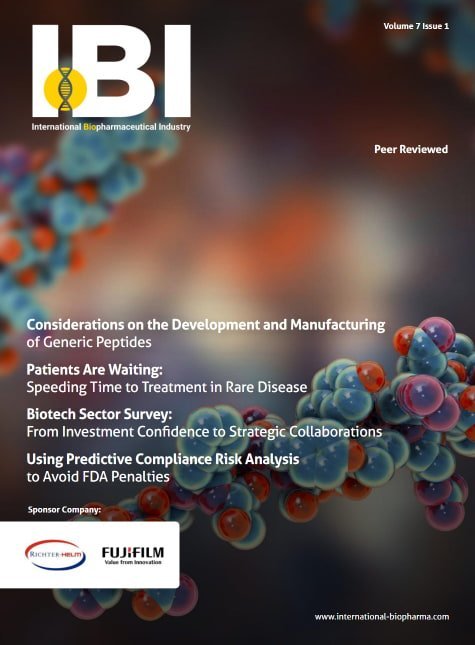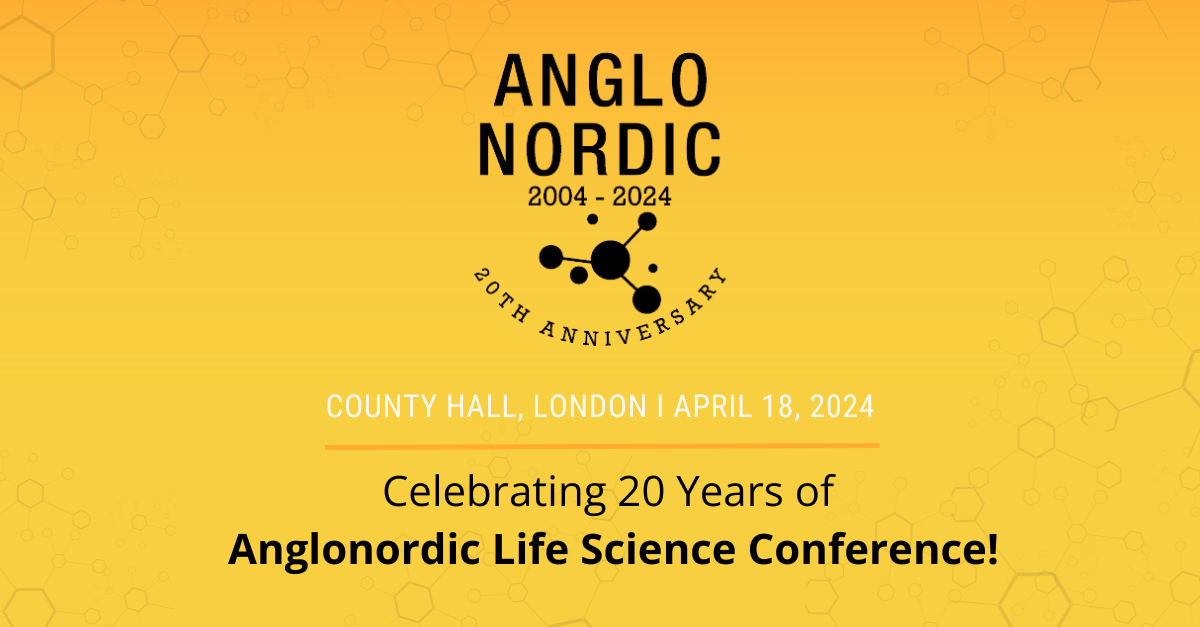With the healthcare business model constantly evolving, and new technologies continuously being adopted, the pharmaceutical landscape and the role of healthcare providers is sure to look radically different a few decades down the line.
I recently spoke with Dr. Roland Turck, managing partner of international biotech consulting firm TurckBio, about some of the biggest trends impacting pharma today, from AI to scientific advancements to bridging the divide between medical and commercial. Here are his thoughts on how the industry will evolve for patients and providers.
Q: There are numerous disruptions occurring in healthcare at the moment. What disruptions pose the greatest challenge to the pharma industry? What impact will these disruptions have on the pharma commercial model?
A: The biggest disruption is from scientific progress that enables more targeted and personalized therapies, and it’s a great opportunity for the industry. Integration of patient and scientific data is another area that could have tremendous impact. Treatment decisions will be more driven by AI-based algorithms that will take patient data, treatment guidelines, study results and cost effectiveness into account. As a consequence, physicians will probably make fewer treatment and prescription decisions but will have to rely on and be guided by these algorithms. So there will be less freedom on the physician side, but on the positive side, I could imagine that whatever is proposed by these algorithms will be reimbursed. It will be critical for biopharma companies to generate data that can be used by these algorithms. Also, real-world evidence will fundamentally change the way drugs are developed. Drugs in areas with high unmet needs could be approved quicker than today based on safety modeling and limited clinical data, while efficacy data would be gathered in a real-world setting.
Q: Scientific advancements over the past decade—such as nanotechnologies, genome sequencing, targeted therapies and personalized medicine—have been significant, yet the cost of new treatments is skyrocketing. How will pharma balance therapeutic need and prudent management of healthcare costs?
A: Again, I’d look at this as an opportunity. Ninety percent of healthcare costs aren’t drug costs, according to PhRMA. We’re seeing huge advancements in new drugs that change patients’ lives for the better, and we need to look at the whole economic picture from a value perspective rather than a cost perspective. As long as we, as an industry, make real progress in hard-to-treat indications like oncology, rare diseases and neurology, there will be an attractive market for innovative drugs. Part of the advancement and personalization of therapies drives costs up since you’re dealing with drugs that work for fewer patients. What’s important is that pricing and costs will be increasingly linked to outcomes in terms of benefits and tolerability. The industry should embrace this trend since we always have promised to improve outcomes while reducing costs in other healthcare segments. Savings across healthcare will need to be shown in a real-world setting: for instance, show that certain drugs reduce the rate of ER admissions or hospitalizations, and clearly improve outcomes that matter to patients. Delivering meaningful outcomes for patients will create opportunities for truly innovative medicines.
Q: The term “patient centricity” is used frequently. How can the pharma industry play a larger role in defining what patient centricity means? For years, the industry has been product-focused, but doesn’t patient centricity suggest a different type of engagement beyond the product?
A: The industry has been shifting gradually. A number of factors drive patient centricity now: individualization of therapy (in the sense of working for a small subset of patients rather than one individual), data and data ownership that will reside increasingly with patients, and cost contribution by patients. The industry has adopted patient centricity to some degree in ways that are less obvious: Developing breakthrough therapies has led to new drugs that show substantial and meaningful benefits for individual patients rather than for entire populations. The focus on outcomes will automatically shift the industry’s focus more to the patient because outcomes imply that as an industry we’ll not only supply drugs but ensure that a certain outcome is reached: making sure patients adhere to drug regimens and assessing how patients do on drugs regarding efficacy and tolerability through apps or direct patient communication. All of this will help improve outcomes, reduce costs and improve quality of life. All of this is part of the patient centricity story.
Q: In terms of providing something beyond the drug itself, is there anything else that speaks to an evolution of moving to a service model or envisioning the industry in a different context?
A: As an industry, the range of products we offer will become much broader, and the industry will be more of a health provider than just a provider of drugs. We’re good at training patients, improving adherence and helping outcomes in clinical trials translate to real-world settings. Examples would be recognizing adverse events before they become critical, or detecting signs of relapse or deterioration that would enable early intervention that’s good for the patient and will reduce costs in general.
Q: In 10 to 15 years, what will be different for patients and the industry?
A: Scientific progress will continue, and there will be highly innovative drugs that will improve people’s lives and will be able to tackle hard-to-treat diseases. Apps and AI will help us achieve a more homogenous quality of healthcare. AI can do a lot to improve healthcare across the world, particularly in rural areas or countries that have less advanced healthcare. The industry will play a big role in all of this. In the long term, I believe that healthcare will shift increasingly from treatment to prevention. This could lead to less usage of therapeutics and alter how value is attributed to diagnostics vs. therapeutics.
Q: Traditionally, there’s been a divide in the drug development process between medical and commercial. We hear from our clients that there’s not an integrated approach for how medical and commercial work together. How should they align better?
A: Medical and commercial will, if not merge, become much closer to each other. Traditional marketing and sales strategies have lost some impact, and I believe that will continue. From a commercial perspective, it’s critical to think about what it takes for a drug to be successful in terms of differentiation and reimbursement, and think backwards to adjust the development process with those commercial goals in mind. Commercial people need a deeper understanding of the medical side of things and the development process so they can make a meaningful contribution to development strategy. People on the development side need enough of a commercial understanding so they can understand the differentiation and reimbursement aspects vs. only regulatory and clinical aspects. Commercial input needs to happen earlier in the development process. We need to think more flexibly about the development process depending on how high the unmet need is and what the drug should deliver at the end of the development process for it to be successful in the market.

























